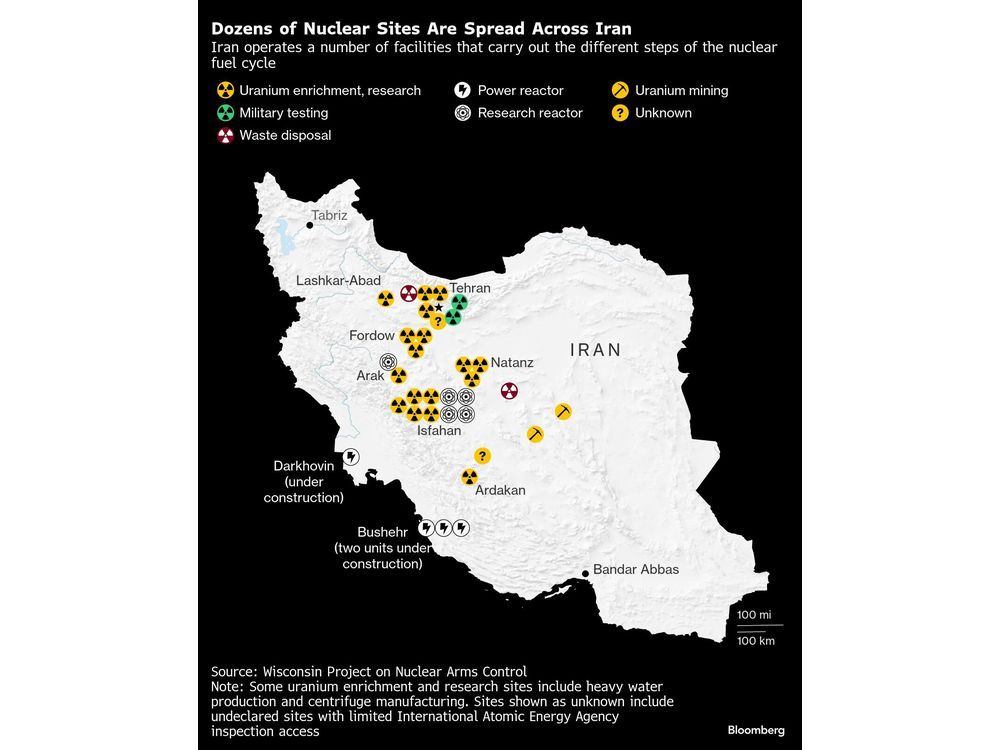Investors face several types of risk when keeping a portfolio of investments. Therefore, to manage these risks, they can use a concept known as portfolio diversification. The concept of diversification isn’t unique or modern. It has existed ever since the beginning of time. The idea behind portfolio diversification is best described by the English proverb, “Don’t put all your eggs in one basket”.
What is Portfolio Diversification?
Portfolio diversification refers to the idea or concept which requires investors to include various types of investments in their portfolios. It is the opposite of investing in one particular stock or market. Through portfolio diversification, investors invest their money in various asset classes and securities to protect against risks. In case one specific asset or security fails, investors don’t have to lose all their money.
Contrary to popular belief, portfolio diversification does not eliminate the risk of failure for investments. However, it allows investors to distribute the risk, thus, also minimizing their overall risk. In simpler words, portfolio diversification reduces investors’ exposure to risk. Similarly, portfolio diversification can also result in maximizing the returns for investors, which is an added advantage.
How does portfolio diversification work?
The primary purpose of portfolio diversification is to manage unsystematic risk. Unsystematic, also known as specific, risk is a risk associated with a particular investment. It is different from systematic risk, which relates to the market as a whole. By investing in stocks, securities, or commodities of distinct nature, investors don’t have to suffer due to unsystematic risk.
Diversification of a portfolio is one of the most straightforward and cost-effective ways in which investors can reduce the risks associated with their investment. However, for it to be effective, investors need to distribute their investments wisely. For example, they must invest in different asset classes, such as stocks, bonds, real estate, ETFs, and other commodities.
Within each type of asset class, investors need to diversify their investments even further. For example, investors buying stocks must invest in companies from different sectors and industries. Furthermore, whenever possible, investors must also diversify geographically by investing in different companies from various locations.
Advantages of portfolio diversification
Portfolio diversification can provide investors with many advantages. First of all, portfolio diversification protects them against systematic risk. Secondly, it can help investors take advantage of bull markets and avoid bear markets. Portfolio diversification also enhances the risk-adjusted returns of investors. Furthermore, it can also help provide stability to investors, especially risk-averse ones. Lastly, it can help leverage growth opportunities for investors.
Disadvantages of portfolio diversification
Portfolio diversification may also come with some disadvantages. Firstly, it may cause some tax complications for investors in certain tax jurisdictions. Similarly, it requires investors to invest in different asset classes, although they may not have an understanding of those assets. Portfolio diversification also comes with higher investment management and administration costs. It can also result in missed opportunities when specific industries perform better.
Conclusion
Portfolio diversification is a concept that investors use to protect against risks. It requires investors to include several asset classes in their portfolio as opposed to going all-in on one particular asset class, security, or stock. Primarily, portfolio diversification protects against systematic risk. There are many advantages of portfolio diversification. However, it may come with its disadvantages as well.
Further questions
What's your question? Ask it in the discussion forum
Have an answer to the questions below? Post it here or in the forum



